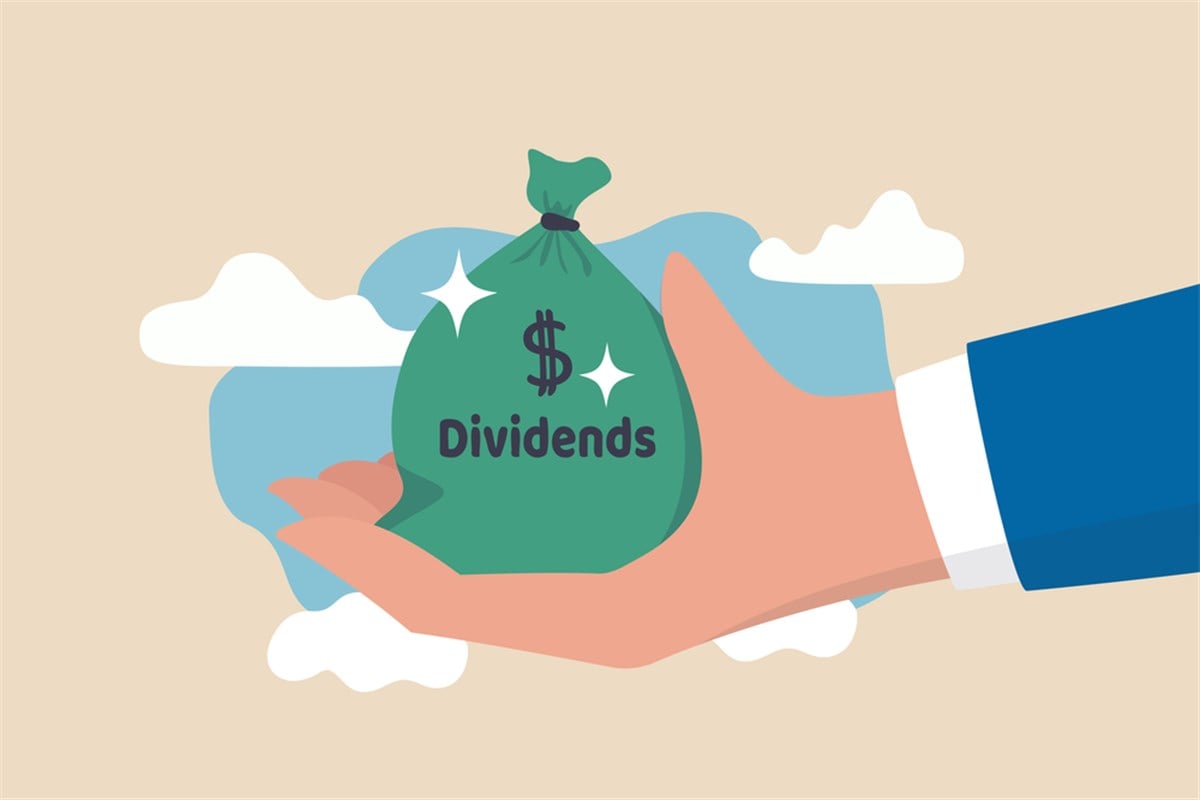|
|
|

|
|||||

|
|

It's no wonder that dividend stocks are considered a strong defensive play—passive income is increasingly enticing in the face of a potential downturn—but what happens to investors when a dividend-paying firm faces challenges and has to reduce or cut its distributions? Keeping track of metrics like dividend payout ratio can be one way to protect against this risk, but for many investors the best solution is diversification.
Fortunately, facilitating diverse exposure to dividend names is straightforward with a number of exchange-traded funds (ETFs) that focus on the space. However, not all dividend ETFs are the same, and it's crucial that a fund's basket provides the breadth of diversification necessary to complement an investor's broader portfolio. Below is a deep dive into three leading dividend ETFs worthy of investor attention.
The iShares Select Dividend ETF (NASDAQ: DVY) is the oldest ETF on our list, with about 22 years of history tracking an index of multi-cap value stocks paying dividends. To be included in the basket of dividend names, a firm must have at least a five-year history of distributions. Further, stocks are compared on the basis of metrics including dividend yield, dividend per share growth rate, and more.
The result is a pool of around 100 stocks with a fairly high degree of diversification but a consistent track record of impressive dividend payments. DVY is not heavily concentrated, providing relatively even exposure across its portfolio, although the top 10 positions do represent close to 20% of invested assets. Utilities stocks make up the largest share at more than 26% of the portfolio—unsurprising given the draw of this sector among dividend investors. Financials are also about a quarter of DVY's holdings, but a variety of consumer staples and discretionary names, materials, and other firms show up as well.
DVY's portfolio is smaller than that of several other prominent dividend ETFs, which may make it particularly appealing to investors seeking a narrower focus on high-quality names with a proven track record of distributions. Its expense ratio of 0.38% does make it somewhat more expensive than some alternatives.
While DVY considers stocks with at least five years of dividend history, the SPDR S&P Dividend ETF (NYSEARCA: SDY) requires that a company have at least 20 years of dividend increases to be included in the basket. This may help to ensure that SDY targets firms with both capital growth and dividend income benefits for investors. As a result of this search requirement, the companies in SDY are among the best-established firms available to investors, though they also tend to be concentrated in a few sectors, including industrials, consumer staples, and utilities.
SDY's portfolio is about half again larger than DVY's, with roughly 150 positions represented. Like DVY, assets are fairly evenly distributed across those positions, with the top 10 holdings accounting for 19% of assets. SDY's stringent requirements and ranking system, which prioritizes dividend yield, help to ensure that the fund has a strong focus on large-cap stocks, which comprise more than 83% of the portfolio. The fund is also comparable to DVY in terms of expenses, as it maintains an annual fee of 0.35%.
With an asset base of more than $70 billion, the Schwab US Dividend Equity ETF (NYSEARCA: SCHD) is among the largest and most popular dividend funds. Its one-month average trading volume of nearly 18 million shares also makes it among the most liquid. It's perhaps no surprise that SCHD is immensely popular, given its low cost compared to the other funds on this list—it has an annual expense of just 0.06%, putting it close to some of the least expensive ETFs available.
Besides their dividend history, stocks included in SCHD's portfolio are screened based on overall financial strength. The end result is a portfolio of around 100 names leaning toward the energy, consumer staples, and healthcare sectors. While SCHD offers many benefits, investors should note that the fund is much more concentrated than DVY or SDY above—the top 10 positions represent more than 41% of assets, potentially increasing the risk to investors if any of those companies face unexpected volatility or dividend issues.
Before you make your next trade, you'll want to hear this.
MarketBeat keeps track of Wall Street's top-rated and best performing research analysts and the stocks they recommend to their clients on a daily basis.
Our team has identified the five stocks that top analysts are quietly whispering to their clients to buy now before the broader market catches on... and none of the big name stocks were on the list.
They believe these five stocks are the five best companies for investors to buy now...
The article "These 3 Dividend ETFs Offer Yield, Quality, and Diversification" first appeared on MarketBeat.
| Dec-26 | |
| Dec-24 | |
| Dec-23 | |
| Dec-22 | |
| Dec-21 | |
| Dec-20 | |
| Dec-20 | |
| Dec-19 | |
| Dec-19 | |
| Dec-19 | |
| Dec-18 | |
| Dec-18 | |
| Dec-18 | |
| Dec-17 | |
| Dec-17 |
Join thousands of traders who make more informed decisions with our premium features. Real-time quotes, advanced visualizations, backtesting, and much more.
Learn more about FINVIZ*Elite